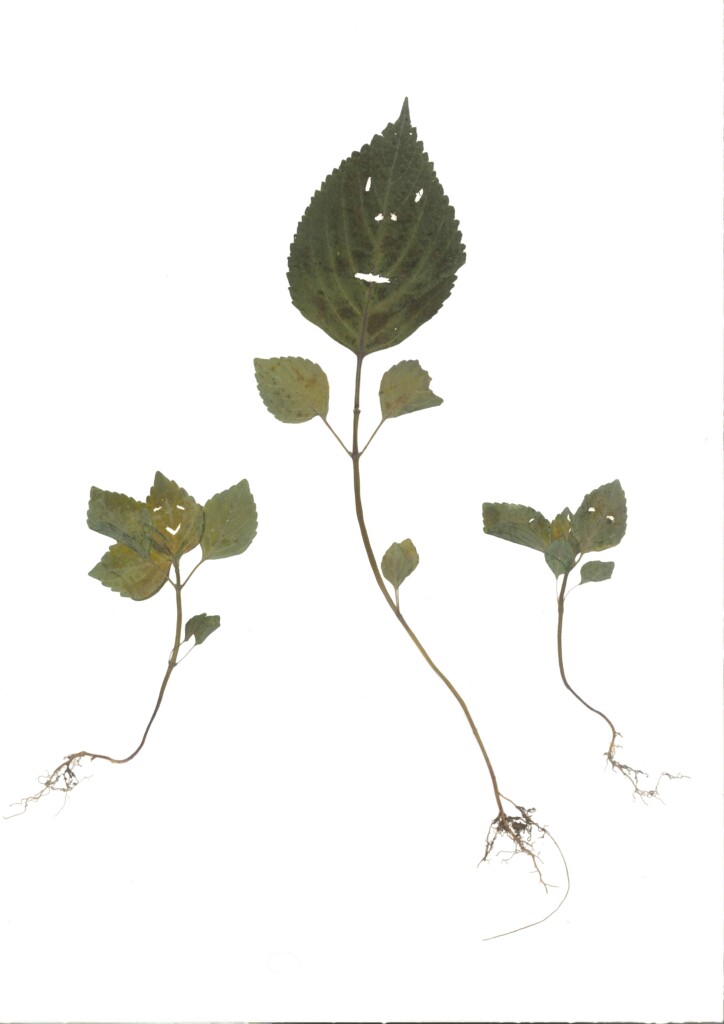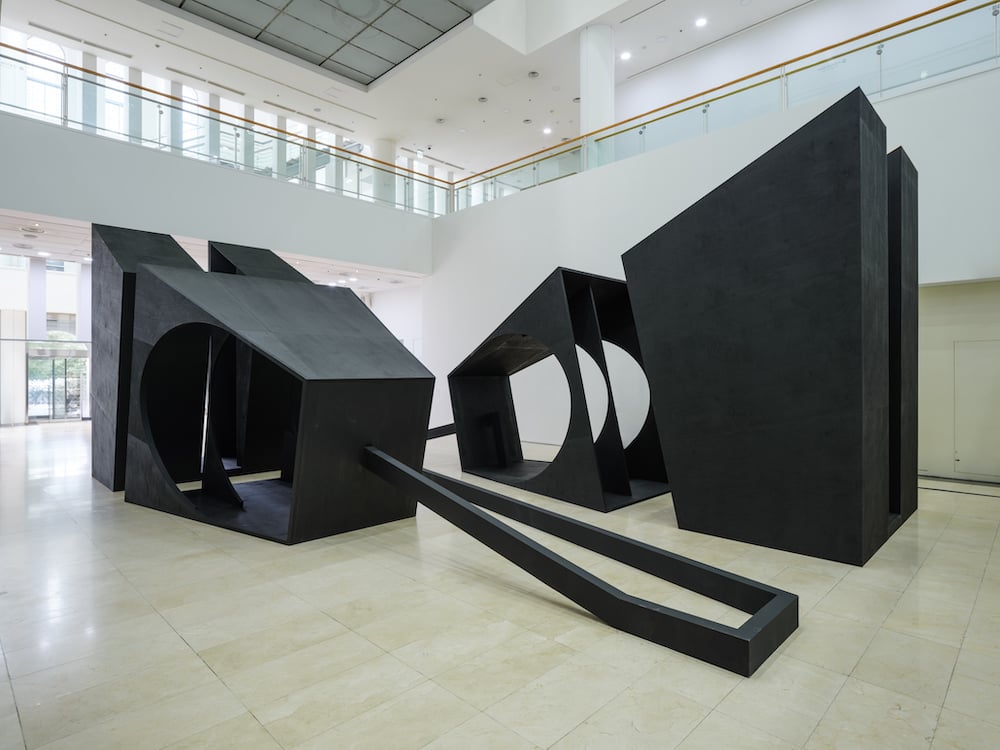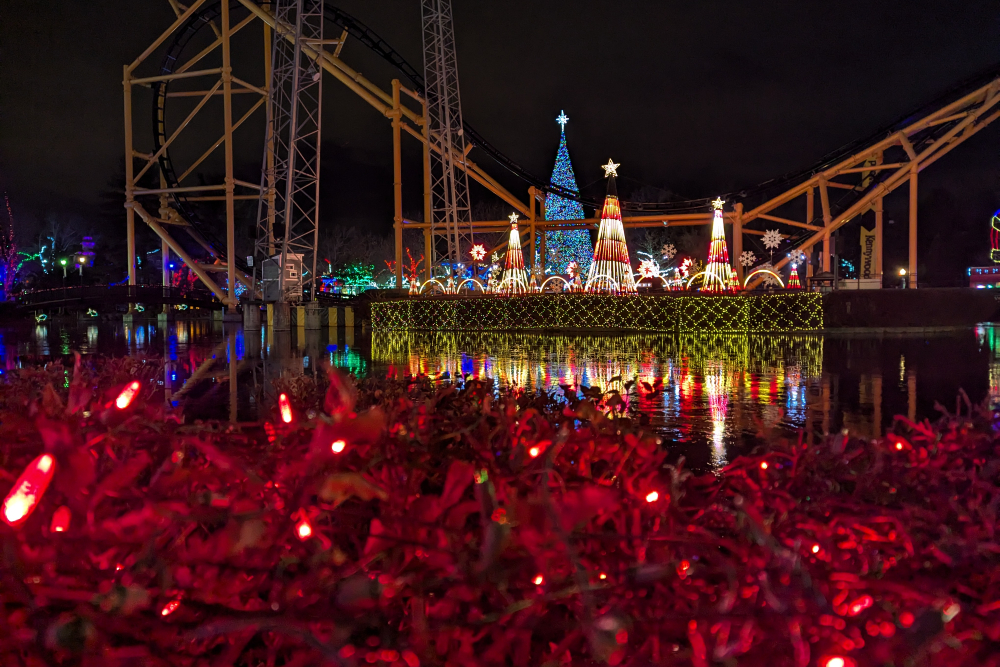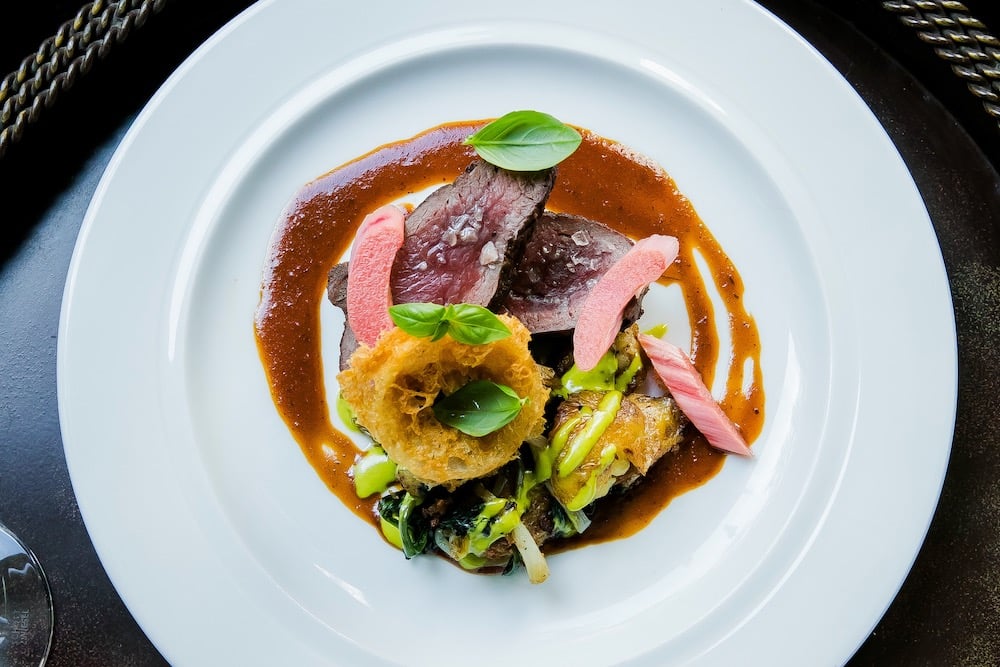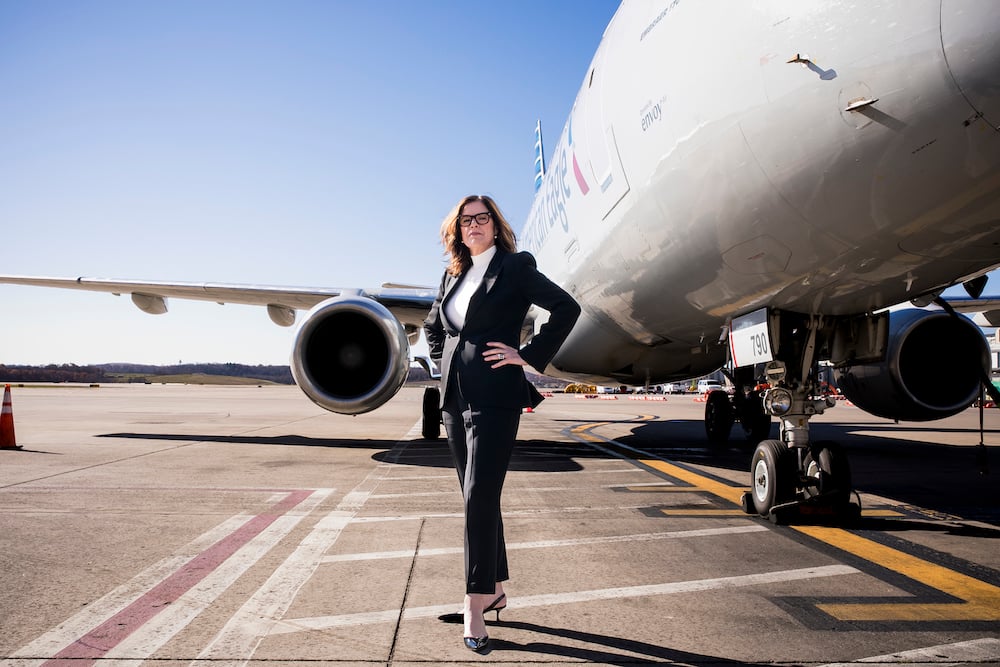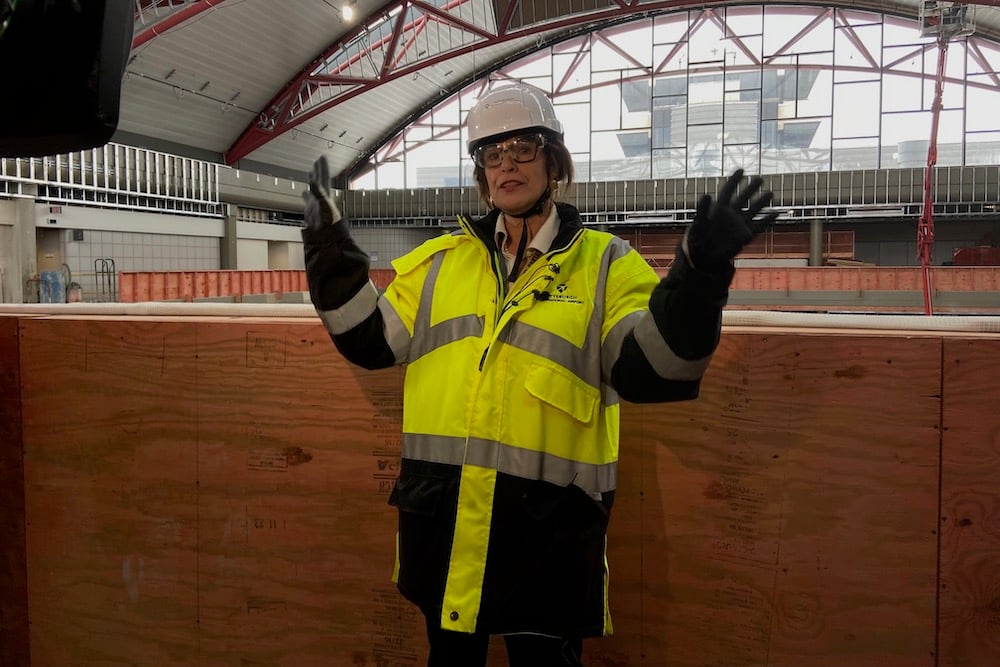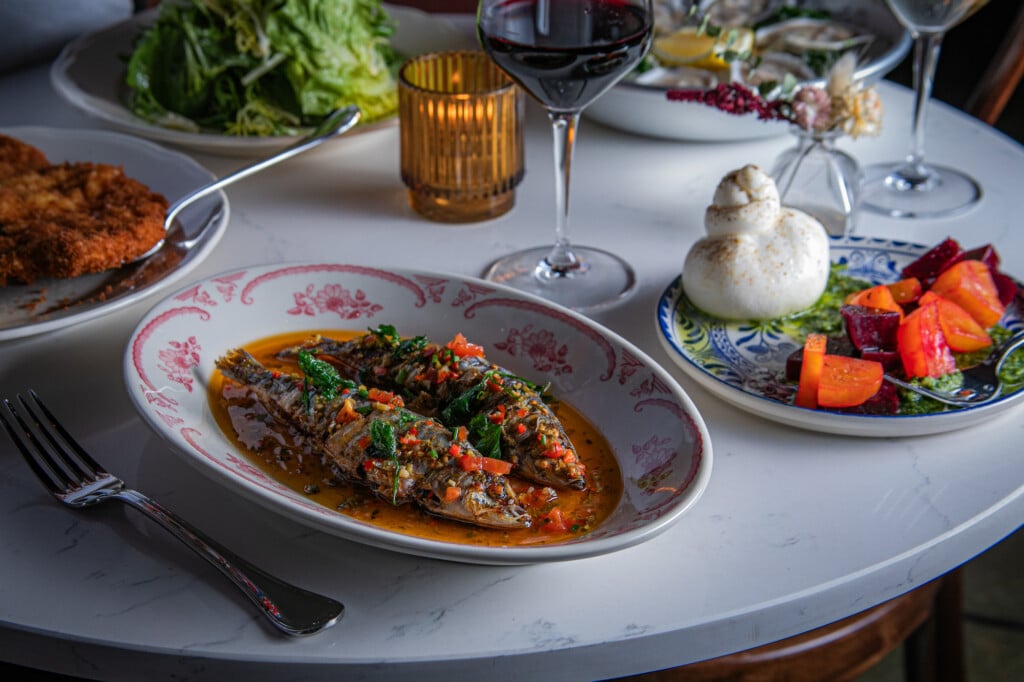The 59th Carnegie International Aims to be the Most Far-Reaching and More Collaborative Than Ever
The storied show kicks off on May 2 at Pittsburgh's Carnegie Museum of Art and other locations and will run for eight months.

AN EXAMPLE OF TORKWASE DYSON’S WORK: “I BELONG TO THE DISTANCE 3,” (FORCE MULTIPLIER), 2023, INSTALLATION VIEW OF THE 12TH SEOUL MEDIACITY BIENNALE THIS TOO, IS A MAP, SEOUL MUSEUM OF ART, 2023. COURTESY OF THE SEOUL MUSEUM OF ART. PHOTO: GLIMWORKERS.
A New York-based artist is premiering an immersive animation show at the Kamin Science Center’s Buhl Planetarium and Observatory that will take audiences on a journey that begins from the seabeds of the Caribbean.
An artist from northeast India is creating a long-term public outdoor installation at the Children’s Museum of Pittsburgh that draws on her study in experimental theater and other influences.
And a pair of Peruvian artists are collaborating on works shaped by their native country’s architecture, culture, history and symbolic imagery in an exhibit that will take over a building at the Mattress Factory.
These are four of 50 artists who will be part of the longest-running exhibition of international contemporary art in North America — the Carnegie International — that returns next year for its 59th show. Their work will span visual art, film, performance, theater and music, many with accompanying workshops and public presentations.
The 59th Carnegie International will stand out for several reasons.
First, it will be more collaborative than any in the past, says Eric Crosby, the Henry J. Heinz II director of the Carnegie Museum of Art since 2020. In addition to being organized by three mid-career curators who are tapping into an extensive international network of artists, it includes three presenting partners on the North Side — the Children’s Museum, the Kamin Science Center and the Mattress Factory — to exhibit work (it has partnered only with the Mattress Factory in the past).
Second, it is starting earlier in the year than most shows in the past. The show kicks off on May 2; most have started in the fall. Crosby says this schedule includes the summer months that tend to bring in more crowds and out-of-town visitors.
Third, it will have one of the longest runs of the Carnegie Internationals at eight months: from May 2 to Jan. 3, 2027.
“The museum invests time, resource, energy, research and its creativity over a four-year period for the exhibition,” Crosby says. “It’s an investment in the community as well. So we want it to be used as a resource for Pittsburgh and the region, and for visitors to come back. And it’s a lot to take in on one visit, right? And so multiple visits over the course of the run, we hope will be something that our visitors do.”
The last Carnegie International in 2022-23, which stretched a little over six months, drew 260,000 visitors from 40 countries. “So the International has a very broad reach,” Crosby says. “We welcome people from all around the world to come see the exhibition.”
Conceived in 1896 by industrialist Andrew Carnegie, the Carnegie International is typically held every four years (although the gap has ranged from three to five years in the past). The shapes and sizes of these shows have varied — the exhibition in 1955, for example, had one curator, more than 300 artists and ran for just two months; the 57th International in 2018 had 32 artists and art collectives and the 58th International in 2022 had more than 100 artists and art collectives.
The show focused on paintings until 1961. Since the international’s inception, the Carnegie Museum of Art has acquired pieces from each show — adding masterpieces to its collection from Mary Cassatt, Edward Hopper, Winslow Homer, Auguste Rodin, James Abbott McNeill Whistler and many, many more artists.
With the three Kathe and Jim Patrinos curators organizing the 59th exhibition, “they’re leaning on a group of partners internationally to open up different creative worlds and art worlds available to them through the research of thought partners,” Crosby says. “And so it’s a fairly expansive network of, you know, sort of conversation and relationships that’s resulting in this exhibition more so than past ones.”

FROM LEFT; DANIELLE A. JACKSON, RYAN INOUYE AND LIZ PARK, CURATORS FOR THE 59TH CARNEGIE INTERNATIONAL | PHOTO BY SEAN EATON, COURTESY CARNEGIE MUSEUM OF ART
They include Carnegie museum staff curators, Ryan Inouye, who served as associate curator on the 58th International, and Liz Park, who served as associate curator on the 57th International as well as Danielle A. Jackson, the curator of Artists Space in Manhattan, New York.
The curators have selected their first round of 14 artists and collectives who will debut new commissions and collaborative projects. More details about the show and other artists will be announced early next year.
• Torkwase Dyson, a New York artist, will premiere an animation at the Kamin Science Center’s Buhl Planetarium and Observatory, informed by her ongoing research into extraction economies. The program will be paired with an installation at the Carnegie Museum of Art that reflects the artist’s studio, offering visitors an insight into her creative process.

ALIA FARID, VIDEO STILL FROM “CHIBAYISH,” 2022. COMMISSIONED BY THE WHITNEY MUSEUM OF AMERICAN ART ON THE OCCASION OF WHITNEY BIENNIAL 2022: “QUIET AS IT IS KEPT,” WHITNEY MUSEUM OF ART, NEW YORK.
• Alia Farid, who lives in Kuwait and Puerto Rico, will develop a multi-part project informed by travels to the marshlands around the Shatt Al Arab — a river that divides Iraq and Iran. The once-vital natural resource is now depleted and littered with garbage.

SANCHAYAN GHOSH, “MERGEMERGE,” 2004–2014, A TEN YEAR LONG SHADOW CASTING PROCESS WITH THE FINAL YEAR STUDENTS OF KALA BHAVANA VISVA BHARATI UNIVERSITY, SANTINIKETAN.
• Sanchayan Ghosh, of Santiniketan, India, is creating an outdoor installation at the Children’s Museum that draws on her study in experimental theater as well as experiences as a student and now professor at Santiniketan’s historic Kala Bhavan (Institute of Fine Arts) about the notion of home. She will be running workshops coordinated with both museums and organizations in Pittsburgh for input in the design.
• Jonathan González, of New York City, will stage a durational performance that explores the shared citational movement or vocabularies of steelwork and dance. It will channel the intramural relations of Black workers and will re-enact gestures of labor induced by shared proximity, each act or movement highlighting the nature of entanglement that undergirds the site of work.
• Abraham González Pacheco of Mexico asks audiences what artifacts humanity will leave behind in times of global upheaval. The artist will produce a mural that takes as its point of departure an archaeological fragment from a vanished culture, evoking both the fragility and endurance of human civilizations.
• Eric Gyamfi, an artist from Ghana, constructs a series of cameras to reimagine what photography could be if its invention were determined by local ecologies and concepts of time in Ghana.
• G. Peter Jemison, a citizen of the Seneca Nation of Indians, will present a group of new paintings that revisit his childhood hometown of Irving, New York. He has invited seven additional artists to present their artworks alongside his paintings in an update of a touring exhibition of Haudenosaunee artists he curated in 1975. Jemison will transport artworks by the seven artists in his cargo van and park the vehicle outside the museum’s entrance during the run of the exhibition.

LIZ JOHNSON ARTUR, INSTALLATION VIEW OF “UNTITLED,” 2021, FROM THE EXHIBITION OF “LIFE OF LOVE OF SEX OF MOVEMENT OF HOPE,” FOAM, AMSTERDAM, OCT 2021–FEB 2022
• Liz Johnson Artur, a Bulgarian photographer now living in London, captures images of strangers engaged in daily rituals or gathering in scenes of queer nightlife. She intentionally focuses on the normalcy of life in the African diaspora. She will present a series of photographs drawn from an ongoing, lifelong archival project that documents the diversity of Black life and culture across continents.

CLAUDIA MARTÍNEZ GARAY, INSTALLATION VIEW OF “GHOST KINGDOM,” SEPTEMBER 9–OCTOBER 15, 2022, GRIMM, NEW YORK. COURTESY THE ARTIST AND GRIMM, AMSTERDAM | NEW YORK | LONDON. PHOTO: ON WHITE WALL STUDIO.
• Peruvians Arturo Kameya and Claudia Martínez Garay are collaborating on an installation co-commissioned by Carnegie Museum of Art and Mattress Factory. The immersive work brings together Kameya’s perceptive understanding of architectural and cultural languages with Martínez Garay’s use of Andean symbolic imagery, merging mythic narratives with socio-political histories and inviting viewers to consider overlapping memories and imagined worlds.
• Cinthia Marcelle, of Brazil, will transform Carnegie Museum of Art with a major architectural intervention that disrupts and disorients the public’s spatial experience of the museum.
• Shala Miller, born in Cleveland and now living in New York City, also is known as Freddie June when she sings. She will create an intimate, auto-ethnographic environment investigating grief in relation to flight that will also double as a stage for live performances.
• Brooke O’Harra, of Philadelphia, will provide a process-driven, publicly oriented learning and tour-making project with Carnegie Museum of Art docents. She also will present “Be Holding,” a collaboration with poet Ross Gay, composer Tyshawn Sorey and musical ensemble Yarn/Wire during opening weekend of the International at the Thelma Lovette YMCA in Pittsburgh’s Hill District.
• Sogetsu Foundation is an influential school in Japan known for its experimental approach to Japanese flower composition. It will present a large-scale ikebana installation (site-specific arrangement of flowers and other natural materials) alongside paintings, sculptures, ceramics and calligraphy by late founder Sōfū Teshigahara. This is the first time in the U.S. that this will be shown in this depth.
• Ginger Brooks Takahashi, who lives in Pittsburgh, will transform the museum’s grounds with a garden of perilla plants, an edible plant popular in Asia. Inside the museum, the artist will present stories of the plant, a custom scent and prints inspired by herbarium sheets from Carnegie Museum of Natural History. A series of workshops will create spaces for storytelling, seed collecting, recipe sharing and cooking.


